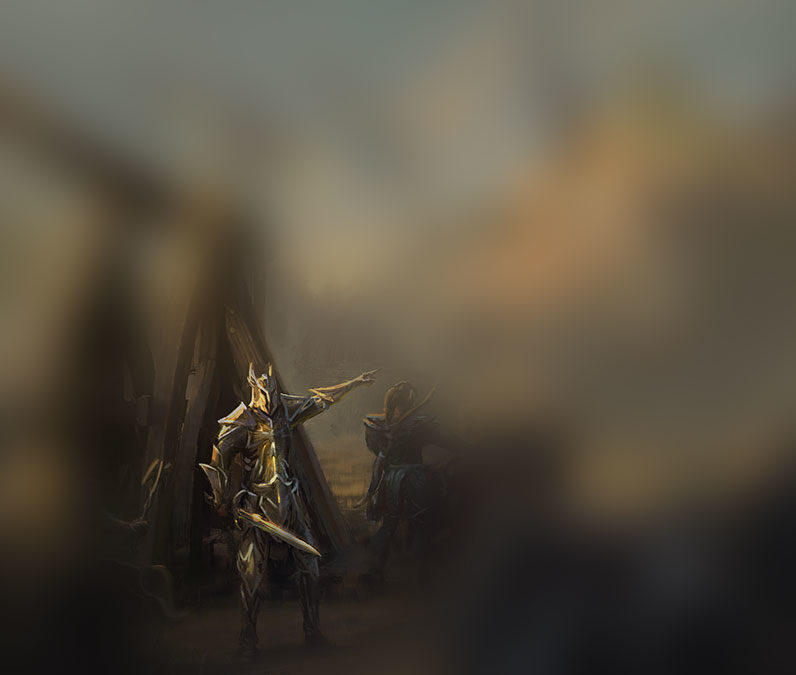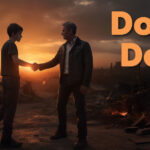What do we see and hear?
Fundamentally, your job as a screenwriter is to convey to the reader what they should be seeing and hearing, without bogging them down with unnecessary details. Sometimes the desire for efficiency, however, causes screenwriters to become too vague or abstract in their writing.
Take this example:
EXT. CASTLE - DAY The Armored Knight assists with last-minute battle preparations.
So what are we seeing?
Who is he assisting? One warrior or a battalion?
How is he assisting them? Loading up quivers of arrows? Positioning people? Carrying rocks to the catapult?
Be specific enough that we can picture exactly what’s going on.
Another example:
INT. GARAGE - NIGHT Clea works hard. Sweat forms on her brow.
The sweat forming on her brow is a nice way to imply a closeup, but what exactly is she working on?
Is she under a car, tinkering with the chassis. Sitting at a makeshift office desk, poring over documents? Skipping rope?
What exactly are we seeing? Don’t assume your readers will draw the same conclusions about your vague action lines.
The same thing goes for what we hear.
For example:
A loud noise startles him.
What loud noise? A bullhorn? Brakes screeching? An explosion?
Make sure you paint crisp pictures and properly convey sounds with your writing. Your readers will reward you for it.




